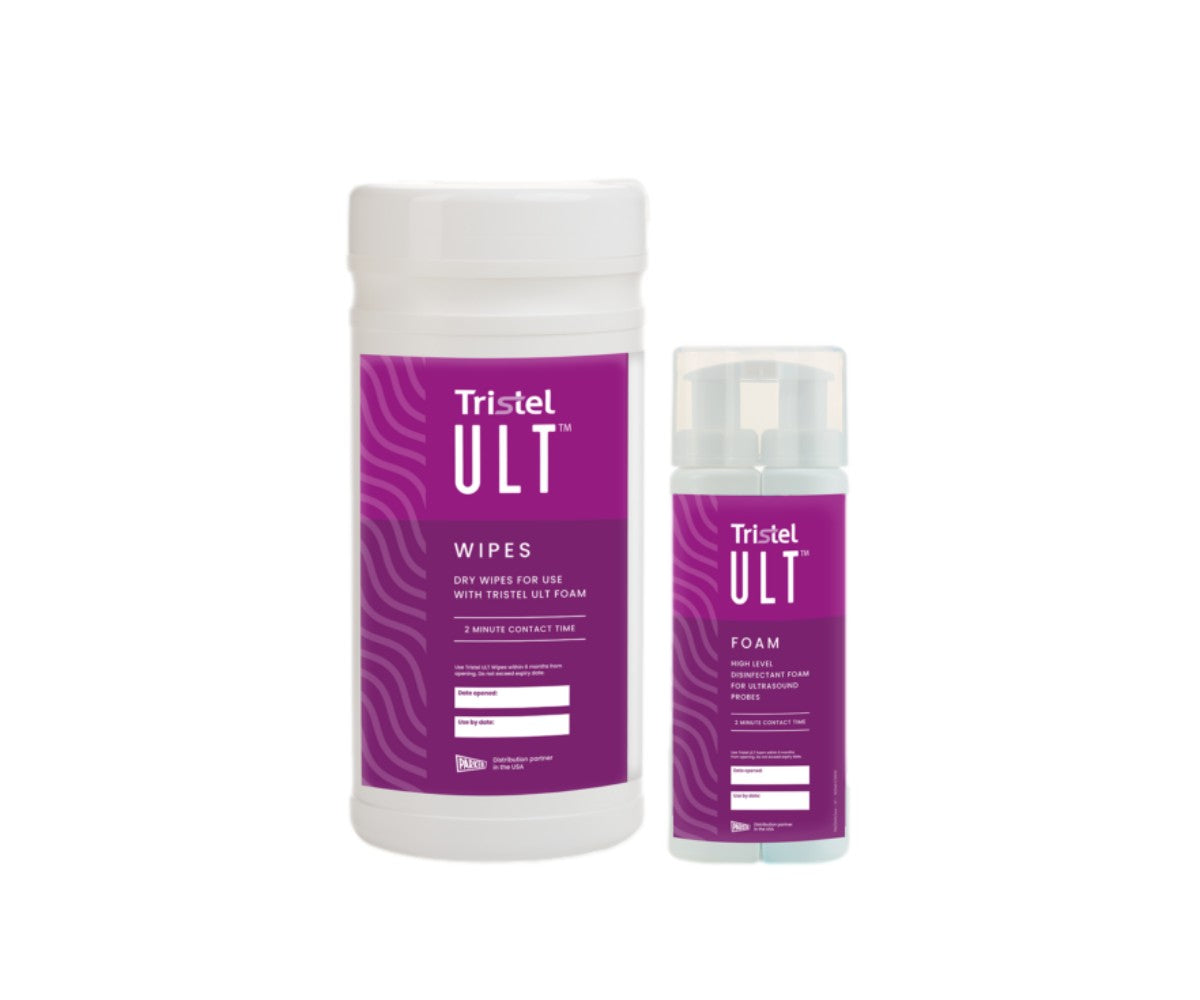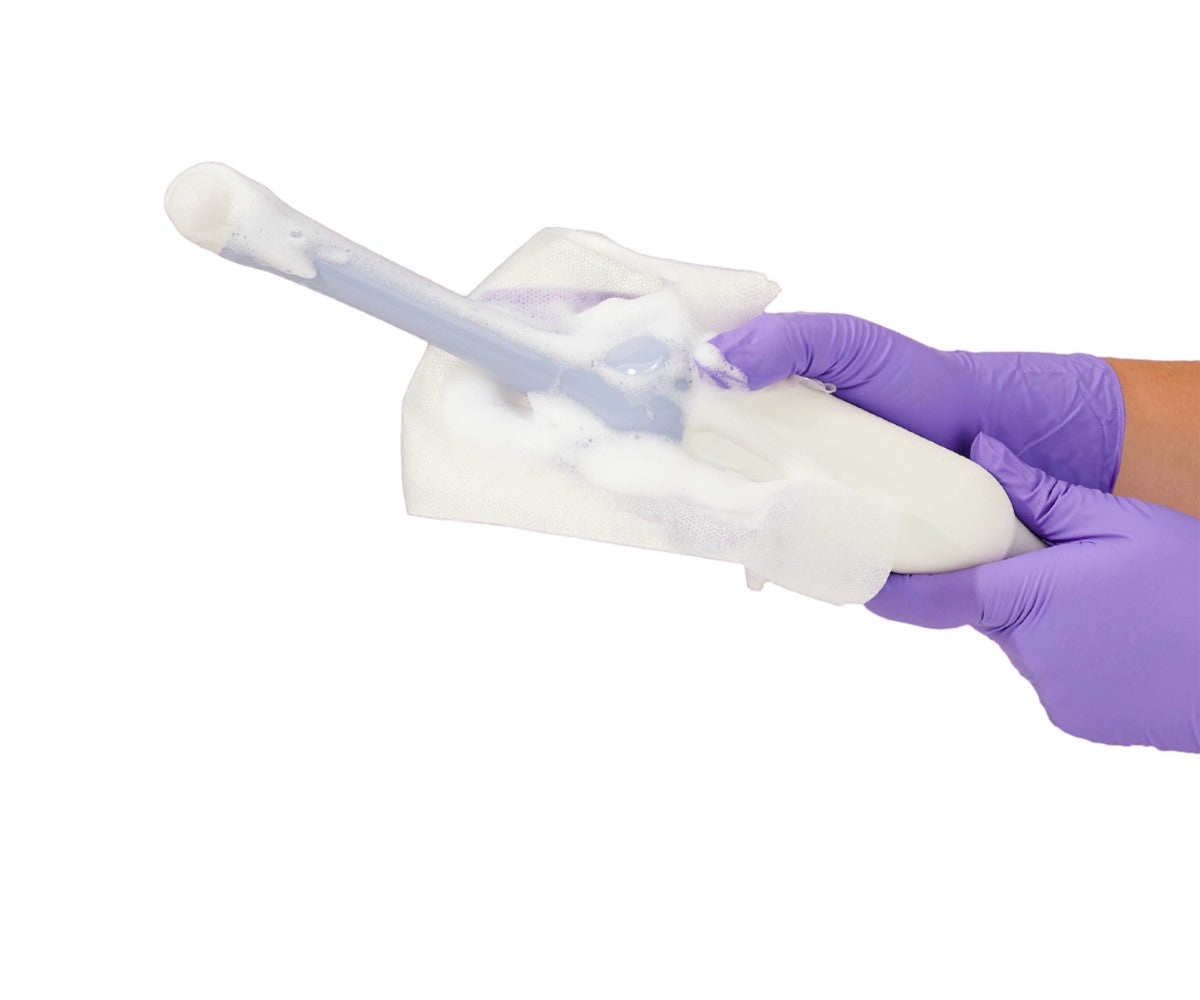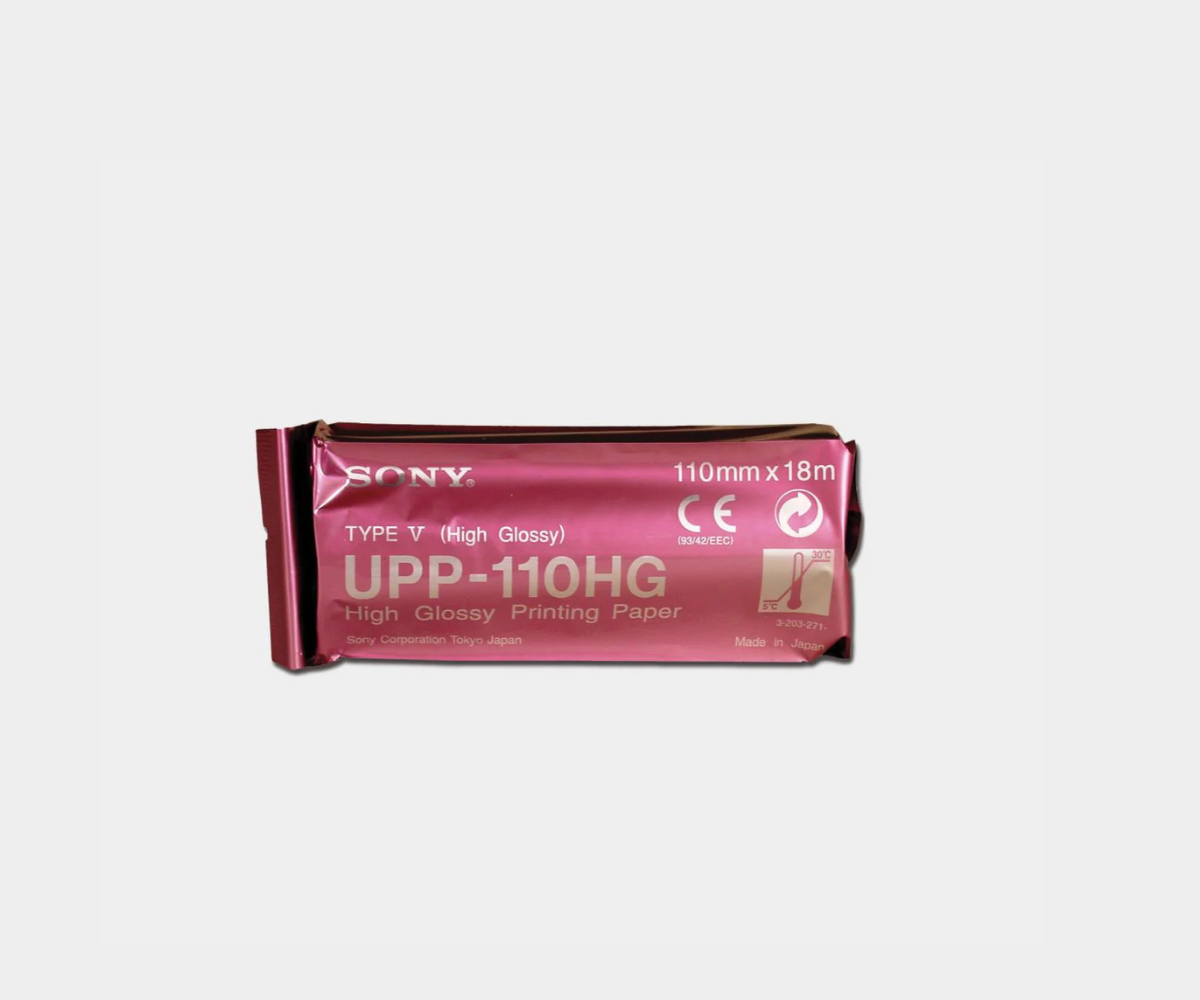Due to the small size of children’s veins, medical practitioners often face difficulties when attempting to perform necessary medical treatment. In a recent study performed by researchers from the Children’s Hospital of Philadelphia (CHOP), investigators found that when medical practitioners used ultrasound to guide the placement of intravenous (IV) lines in children with hard-to-access veins, they had higher success rates on the first attempt. Researchers concluded that the ultrasound-guided technique is more successful at reducing the number of attempts for pediatric IV access than the traditional IV line placement method.
The research was published in the July 2019 issue of Annals of Emergency Medicine.
“The need to place an intravenous line
Investigators prospectively enrolled 167 participants who were identified as having difficult pediatric IV access. These participants were then randomized to receive either a traditional IV or an ultrasound-guided IV from a trained multidisciplinary team. Participants were subdivided into two age groups: 0 to 3 years old and over age 3.
Ultrasound-guided access is now standard procedure
for patients with presumed difficult intravenous access.
The results found that ultrasound-guided IV line placement performed far better than traditional intravenous line placement. First-attempt success for the ultrasound-guided IV line placement group scored 85.4% while the traditional IV line group scored far lower at 45.8%. Parents were asked to score their satisfaction with the line placement and the majority were found to prefer the ultrasonically guided placement over the traditional IV method.
“In our study, ultrasound-guided intravenous lines remained in place longer than traditional insertion, without an increase in complications,” said Joseph J. Zore, MD, emergency physician at CHOP and senior author of the study. “These results may be used to update guidelines for intravenous line access in children in an effort to limit the number of needle sticks they experience.”
The study also found that both nurses and physicians experienced high rates of first-attempt success. This high rate of success has led hospitals such as CHOP to broadly train its ER nurses in ultrasound-guided IV access. “Ultrasound-guided access is now standard procedure
EDM offers various kinds of supplies and equipment for ultrasound-guided procedures, including needle guides for IV access such as the ProV Access Needle Guide. We also offer hygiene and disinfection supplies for ultrasound equipment designed to reduce the risk of healthcare-acquired infections.
Vinograd, Alexandra et al. “Ultrasonic Guidance to Improve First Attempt Success In Children With Predicted Difficult Intravenous Access in the Emergency Department: A Randomized Controlled Trial.” Annals of Emergency Medicine. Volume 74, No. 1, July 2019.







